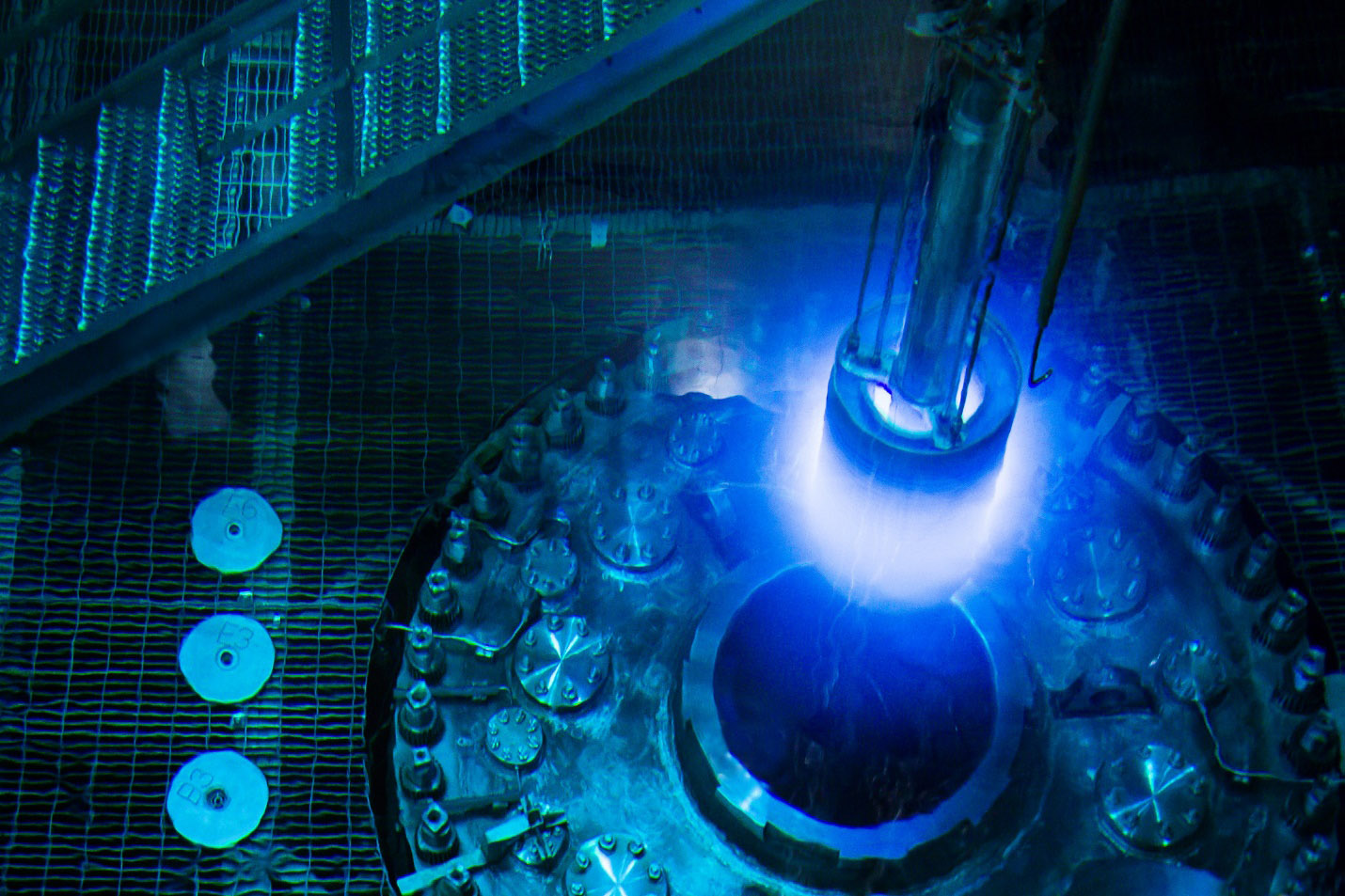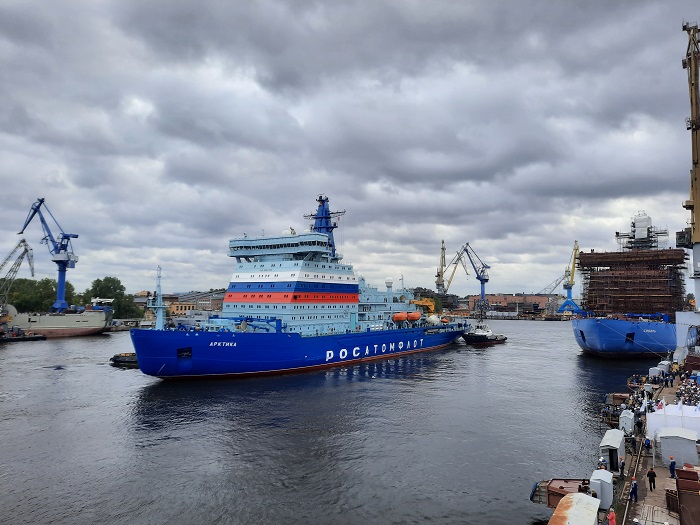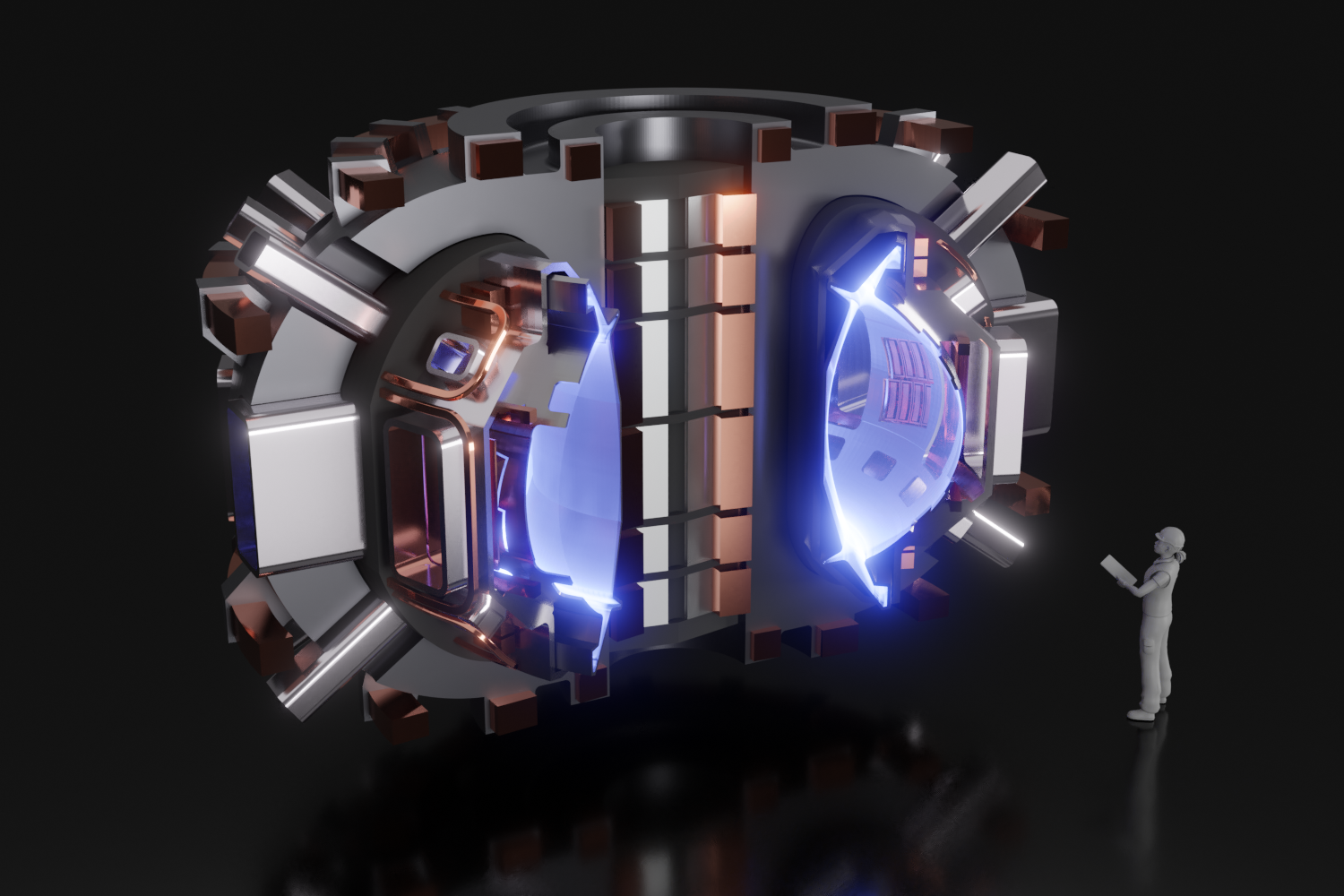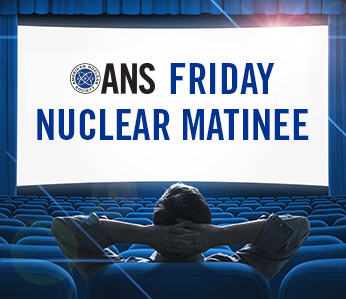Argonne microreactor designed to charge long-haul trucks of the future
A team of engineers in Argonne National Laboratory’s Nuclear Science and Engineering Division have designed a microreactor called MiFi-DC that could be factory-produced and installed at highway rest stops across the country to power a proposed fleet of electric trucks. The reactors are described in an article, Could Argonne’s mini nuclear reactor solve the e-truck recharging dilemma? and a video released by Argonne on October 6.
Pairing a liquid metal thermal reactor with a thermal energy storage system, each reactor could fuel an average of 17 trucks a day.








